You will need to bite firmly onto the device to keep it in place and provide a clear. Since the slope and curvature of the dental arches and the alveolar processes will.

Lecture 6 Paralleling Technique Intro Dental Radiography I
Implant site assessment and.

. The sensor was placed on the. Different techniques and instruments are used to drain and decompress large periapical lesions ranging from placing a stainless steel tube into the root canal exhibiting persistent apical exudation 202 204 which is non-surgical decompression to placing polyvinyl or polyethylene tubes through the alveolar mucosa covering the apical lesion which is surgical. 50 patients had their periapical dental radiographs taken utilizing the long cone paralleling technique.
Periapical X-rays are used to detect any abnormalities of the root structure and surrounding bone structure. Film will be placed near your mouth using a metal rod with a ring attached to it. The patient was positioned upright with hisher mouth was opened as wide as possible to allow the X-ray beam to pass to the sensor unobstructed from the opposite side of the mouth.
Periapical views are used to record the crowns roots and surrounding bone. The X-ray tubehead is then aimed at right angles vertically and horizontally to both the tooth and the image. Most frequently used radiography is for the periapical which is performed by the bisecting Thus when considering the execution of the radiographic technique and the possibility of errors that occur during the exposure of X-ray image XR receptors it is important to identify those that occur more frequently.
How periapical x-rays are taken. Ensure they are seated high enough so it is easy to see the occlusal. The image receptor is placed in a holder and positioned in the mouth parallel to the long axis of the tooth under.
Fitzgerald called as paralleling or long cone technique. The long cone paralleling technique positions the receptor ie. RADIOGRAPHS Periapical Bitewing Occlusal.
Periapical views are used to record the crowns roots and surrounding bone. Periapical radiographic techniques Periapical radiography is designed to give diagnostic images of the apical portions of teeth and their adjacent tissues. Inclusion criteria included periapical X-ray images of permanents teeth and patients aged 14 years old with good sharpness.
Periapical X-ray images expor ting results and reading results. Images are fully anonymized. Periapical X-rays.
By using a film sensor holder with still. Demonstration on how to take periapical x-ray using bisecting angle technique. For this purpose a special technique of periapical radiography was developed by Gordon M.
A long cone is used to take x-rays with paralleling exposure techniques. Each periapical x-ray shows a small section of your upper or lower teeth. This method produces images of the teeth on the receptor with minimal distortion.
Exclusion criteria were periapical X-ray images of tooth germs or images which have distortion effects. Film parallel to the long axis of the teeth and guides the central ray of the x-ray beam to be directed at a right angle to the teeth and the receptor. Assessment of root morphology.
These x-rays are often used to detect any unusual changes in the root and surrounding bone structures. Periapical film is held parallel to the long axis of the tooth using film-holding instruments. With this technique the film is placed parallel to the long axis of a tooth allowing the X-ray to be focused perpendicular to the long axis of the tooth.
The X-ray head is directed at right angles vertically and horizontally of both the tooth and the image receptor. By using a filmsensor holder with fixed image receptor and. A full mouth intraoral examination consists of 14 periapical radiographs with two bite-wing films and provides an image of all teeth and related structures.
Assessment of root formation n completion. Periapical images have been collected using the FONA X70 Intraoral X-rays machine and PSPIX Imaging Plates. Machine learning techniques th e more images in the dataset we.
The paralleling technique results in good quality x-rays with a minimum of distortion and is the most reliable technique for taking periapical x-rays. Parallel technique The image receptor is placed in a holder and placed in the mouth parallel to the longitudinal axis of the tooth under. To take a periapical exposure the hygienist or x-ray technician places a small photosensitive imaging plate coated with phosphorus into a sterile wrapper and inserts it into the patients mouth just like a conventional X-ray film card.
The extraoral periapical radiographic technique was performed for both maxillary and mandibular teeth using Newman and Friedman technique2. Extraoral radiograph Panoramic X-ray Tomograms Cephalometric projections Sialography Computed tomography 10. Periapical film is held parallel to the long axis of the tooth using film-holding instruments.
All radiographs were obtained by digital x. Images are taken from 30 local dental clinics by panoramic x-ray cameras model PaX-i Rayscan alpha from VATECH Papaya 3d from Genoray and RealScan from PointNix. The film is placed parallel to the long axis of the tooth to be radiographed and the central beam of X-ray is directed at right angle to the film and the teeth.
The X-ray is taken and the exposed plate is then loaded into a scanner or processor which reads the image. The patient is seated upright in the dental chair and should remove any removable dental appliances glasses or jewelry that could interfere with the X-ray beam. The film is placed parallel to the long axis of the tooth in question and the central x-ray beam should be directed perpendicular to the long axis of the tooth.
Occlusal X-rays show full tooth development and placement 9. Paralleling Technique for Periapical X-rays The paralleling technique results in good quality x-rays with a minimum of distortion and is the most reliable technique for taking periapical x-rays. Assessment of relationship of roots to various vital structures.
The central ray is directed to pass at a perpendicular angle to both the tooth and the film.
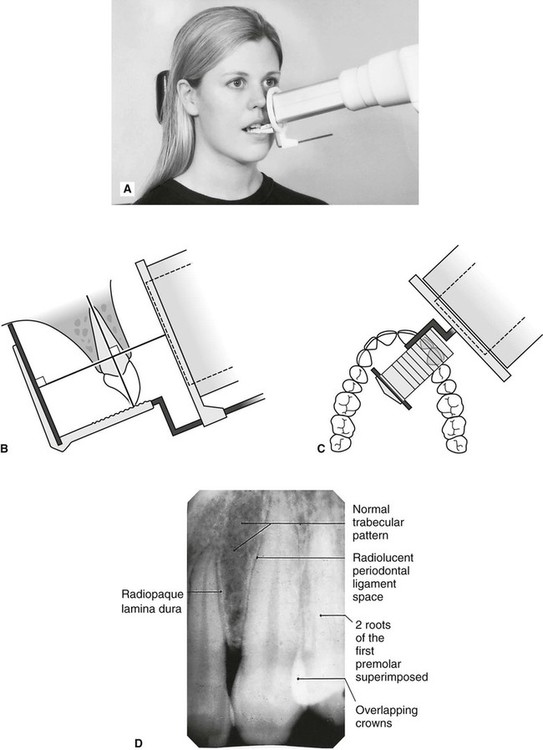
Periapical Radiography Pocket Dentistry
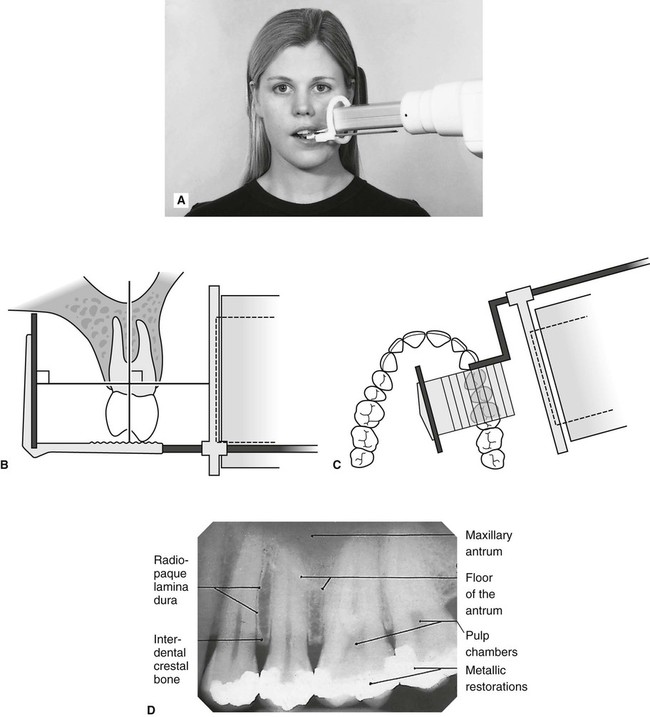
Periapical Radiography Pocket Dentistry

Periapical Radiography Pocket Dentistry
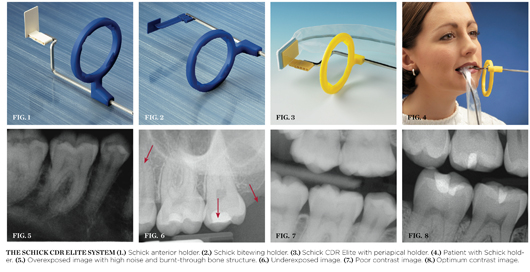
Cdr Elite September 2010 Inside Dentistry
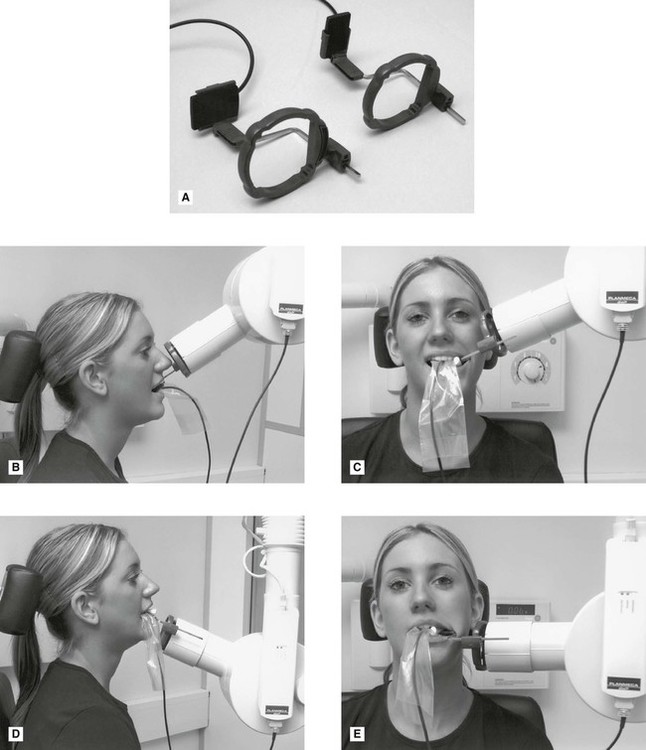
Periapical Radiography Pocket Dentistry

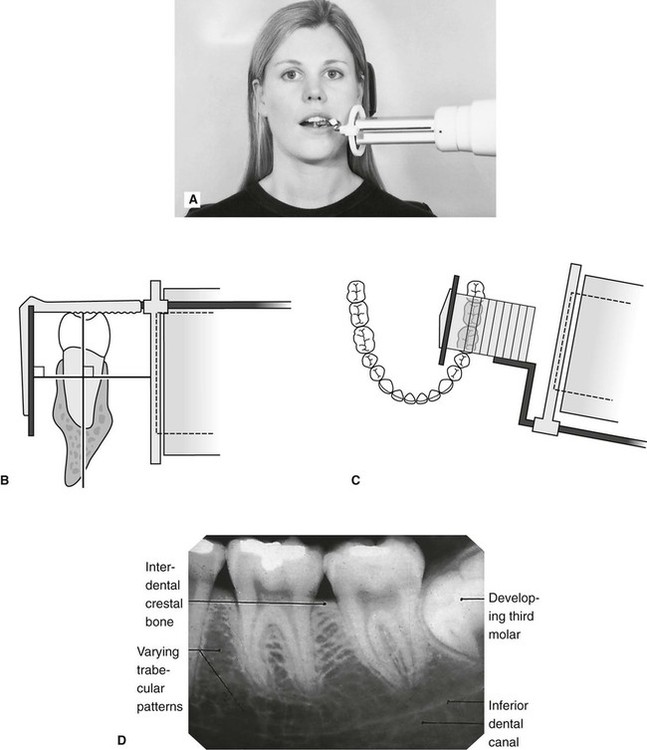
0 comments
Post a Comment